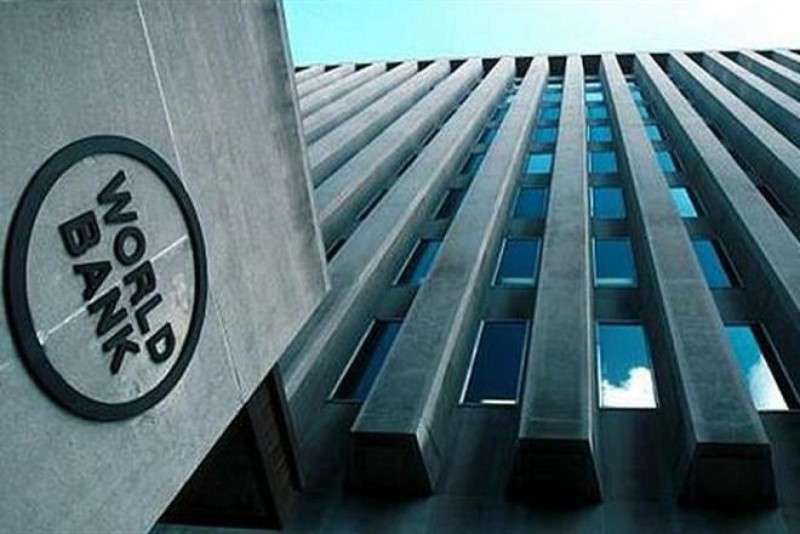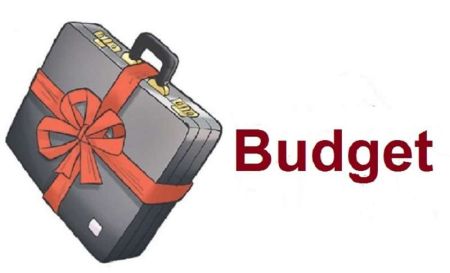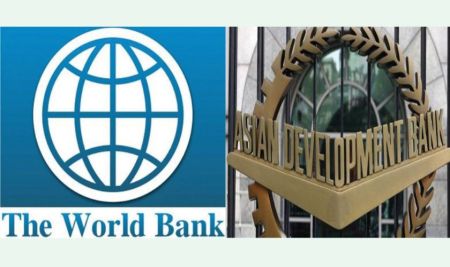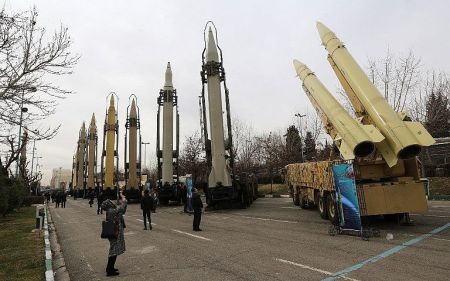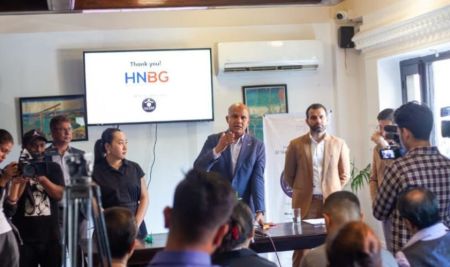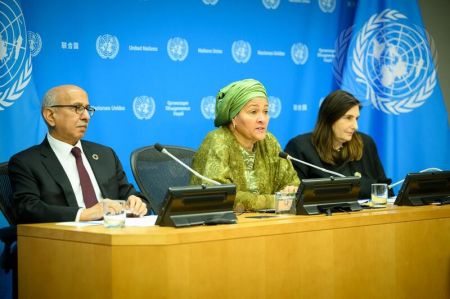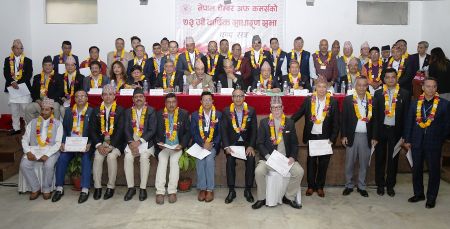December 16: Nepal has the potential to increase exports to South Asian countries four-fold, according to a World Bank report released on Friday, December 14.
The report states that man-made trade barriers have held back intraregional trade in South Asia and if these barriers were reduced, intraregional trade could grow from its current value of $23 billion to $67 billion.
The report, ‘A Glass Half Full: The Promise of Regional Trade in South Asia’ was launched in Kathmandu at a public event hosted by the World Bank in partnership with the South Asia Watch on Trade, Economics and Environment (SAWTEE).
Intraregional trade in South Asia remains one of the lowest in the world and accounts for about 5 percent of the region’s total trade, compared with 50 percent in East Asia and the Pacific, the report highlights. Nepal mostly exports to South Asia and has a trade deficit of $10.8 billion which is equivalent to 37 percent of its GDP.
According to the World Bank, the report also assesses the gap between current and potential trade in South Asia and provides a roadmap for deepening regional trade. It identifies four critical barriers to regional trade: tariffs and para tariffs, real and perceived non¬tariff barriers, connectivity costs, and a broader trust deficit.
“Situated in the world’s fastest growing region, Nepal’s potential to expand trade in goods and services is promising,” said Faris Hadad-Zervos, World Bank’s country manager for Nepal. “Addressing its own protectionist policies will help Nepal significantly increase its exports not only to South Asia, but also to the rest of the world.”
The report further said that South Asian countries impose greater trade barriers for imports from within the region than from the rest of the world. More than one-third of intraregional trade falls under sen¬sitive lists, which are goods that are not offered concessional tariffs under the South Asian Free Trade Area (SAFTA). More than 36 percent of Nepal’s imports from South Asia are under sensitive lists, more than any other country in the region.
The report recommends targeting sensitive lists and para tariffs to enable real progress on SAFTA and calls for a multi-pronged effort to address non-tariff barriers, focusing on information flows, procedures, and infrastructure.
Connectivity is a key enabler for robust regional cooperation in South Asia. Poor land and air connectivity prevent South Asian countries from reaping the benefits of shared borders, the report adds. “There are no flights between Nepal and Sri Lanka, the Maldives, or Afghanistan. And only one flight per week between Nepal and Pakistan,” Sanjay Kathuria, World Bank’s lead economist and lead author of the report. “Lack of connectivity is a key contributor to the high cost of trade between Nepal and South Asia and improving connectivity will take Nepal a long way.”
The report suggests that policy makers in South Asia may draw lessons from the India-Sri Lanka air services liberalization experience, where liberalization was gradual and incremental, but policy persistence paid off. Today, there are 147 flights per week between Colombo and at least 14 cities in India.


